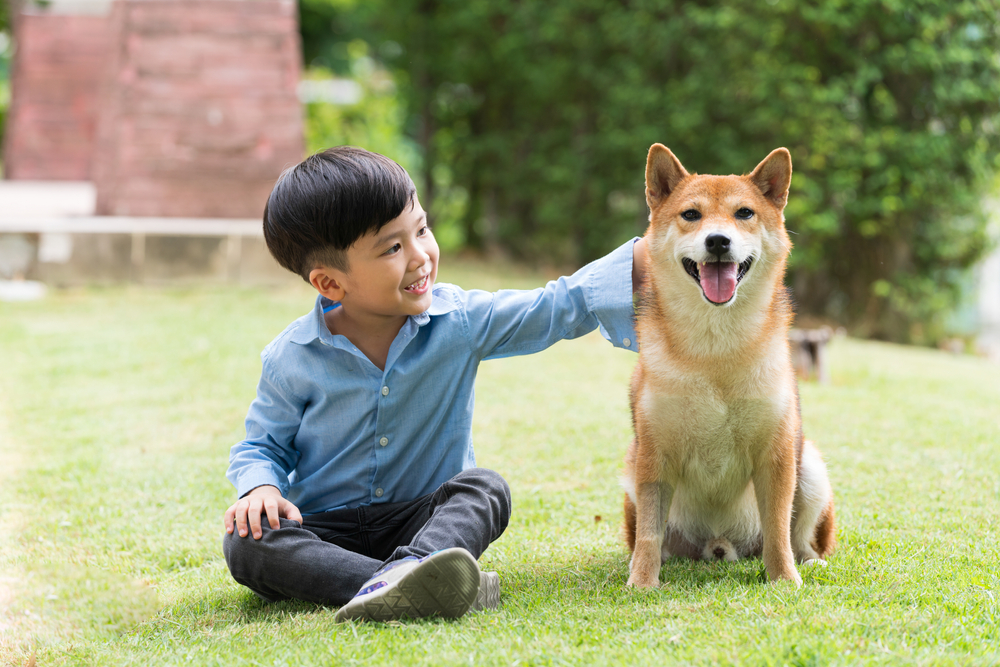When it comes to relocating your beloved pets, whether it’s for personal or professional reasons, ensuring their safe and comfortable journey is a top priority. For pet owners in Vietnam planning to move to Fort Worth, Texas, the process can be quite complex, involving logistics, regulations, and health requirements. This guide will provide a comprehensive overview of what you need to know about pet transportation from Vietnam to Fort Worth, USA, from the initial preparation to the final arrival.
1. Understanding the Pet Import Regulations for the USA

Before embarking on the journey, it’s essential to familiarize yourself with the pet import regulations imposed by the United States Department of Agriculture (USDA) and the Centers for Disease Control and Prevention (CDC). The US has strict regulations to ensure the safety of animals and to prevent the spread of diseases.
- Microchip Requirement: Pets must be microchipped for identification purposes. This is a standard requirement for all pets entering the US.
- Vaccination and Health Certificates: Pets must have proof of vaccination, including rabies. Rabies vaccination is mandatory for all pets entering the US, and it should be administered at least 21 days before departure. You will also need to obtain a health certificate issued by a licensed veterinarian stating that your pet is fit for travel and free from contagious diseases.
- Import Permit: Depending on the species of pet, an import permit may be required. For example, if you are bringing in a dog or cat, you must provide proof of rabies vaccination and comply with the CDC guidelines.
- Quarantine: In some cases, pets may be subject to quarantine upon arrival in the US if their paperwork is incomplete or there are concerns about their health status. The length of quarantine can vary depending on the situation.
2. Choosing a Pet Transport Service

When shipping a pet from Vietnam to the US, it’s crucial to choose a reliable and experienced pet transportation service. These companies specialize in the safe and efficient transport of animals, ensuring that all legal and health requirements are met. A reputable service will handle all the logistics, including booking flights, preparing necessary documentation, and providing a suitable crate for your pet.
There are two main types of pet transport services:
- Air Freight: This is the most common method for long-distance pet transport. Pets are flown in the cargo hold of a commercial airplane, which is pressurized and temperature-controlled. Pet owners can either choose to send their pets as excess baggage or as air cargo, depending on the airline’s regulations.
- Pet Relocation Services: These companies offer a more hands-on approach, managing every aspect of the journey from start to finish. They can arrange door-to-door services, ensuring that your pet is picked up from your home in Vietnam and delivered to your new home in Fort Worth.
3. Preparing Your Pet for the Journey

Once you have selected your transport service, the next step is to prepare your pet for the long journey. It’s important to ensure that your pet is comfortable, well-fed, and calm during the trip.
- Crate Training: Pets traveling by air will need to be placed in a crate for the duration of the flight. It is crucial that your pet is familiar with the crate before the trip. Start crate training several weeks in advance, gradually allowing your pet to spend more time inside the crate. Make sure the crate is well-ventilated, secure, and large enough for your pet to stand, turn around, and lie down comfortably.
- Health Check: A few days before the flight, take your pet for a final health checkup to ensure they are fit for travel. Ask the veterinarian to check for any signs of stress or illness that could affect their well-being during the trip.
- Comfort Items: Pack familiar items such as a blanket or a toy to provide comfort and reduce anxiety. It can also help to include a small amount of food and water, especially if your pet is traveling for a long duration.
- Feeding and Hydration: Pets should be fed a light meal a few hours before departure, and they should have access to water during the journey. Some pets may have difficulty eating or drinking during transit, so consult with your veterinarian for advice on how to ensure your pet remains hydrated.
4. The Flight from Vietnam to Fort Worth

The flight from Vietnam to Fort Worth is a long journey, typically requiring a stopover at least once in a major international airport, such as in Hong Kong, Tokyo, or a European hub. Your pet will be transported in the cargo hold of the aircraft, where the temperature is regulated and the environment is designed to accommodate animals.
Depending on the airline, pets may either fly as excess baggage or as air cargo. Excess baggage means that your pet will travel on the same flight as you, while air cargo involves shipping the pet separately. In either case, it’s essential to ensure that the flight crew is notified in advance of your pet’s travel.
5. Arriving in Fort Worth
Once your pet lands at the airport in Fort Worth, Texas, they will be handed over to the designated transport service. If everything is in order, they will be cleared through customs without issue. However, if there are any concerns regarding health or paperwork, they may be subject to quarantine.
Upon arrival, you can either pick up your pet directly at the airport or arrange for a pet relocation service to transport them to your new home. Many pet relocation services offer delivery to your doorstep, ensuring that your pet arrives safely and comfortably.
6. Post-Arrival Care
After the long journey, your pet may be a little disoriented or stressed. It’s important to give them time to adjust to their new surroundings. Here are a few tips for post-arrival care:
- Give Them Time to Settle: Allow your pet to acclimatize to their new environment slowly. Provide them with a quiet, comfortable space where they can rest and recover from the journey.
- Veterinary Checkup: Schedule a checkup with a local veterinarian in Fort Worth to ensure that your pet is healthy and to establish a relationship for future care.
- Monitor Their Behavior: Keep an eye on your pet’s behavior over the next few weeks. Any significant changes, such as loss of appetite or lethargy, should be discussed with your veterinarian.
7. Conclusion
Transporting your pet from Vietnam to Fort Worth, USA, requires careful planning and attention to detail. By understanding the legal requirements, selecting a reliable transport service, preparing your pet for the journey, and providing the necessary post-arrival care, you can ensure that your pet’s move is as smooth and stress-free as possible. Whether you’re moving for work, family, or adventure, your furry companion deserves the best care during their journey to their new home.
More posts you might be interested in:














